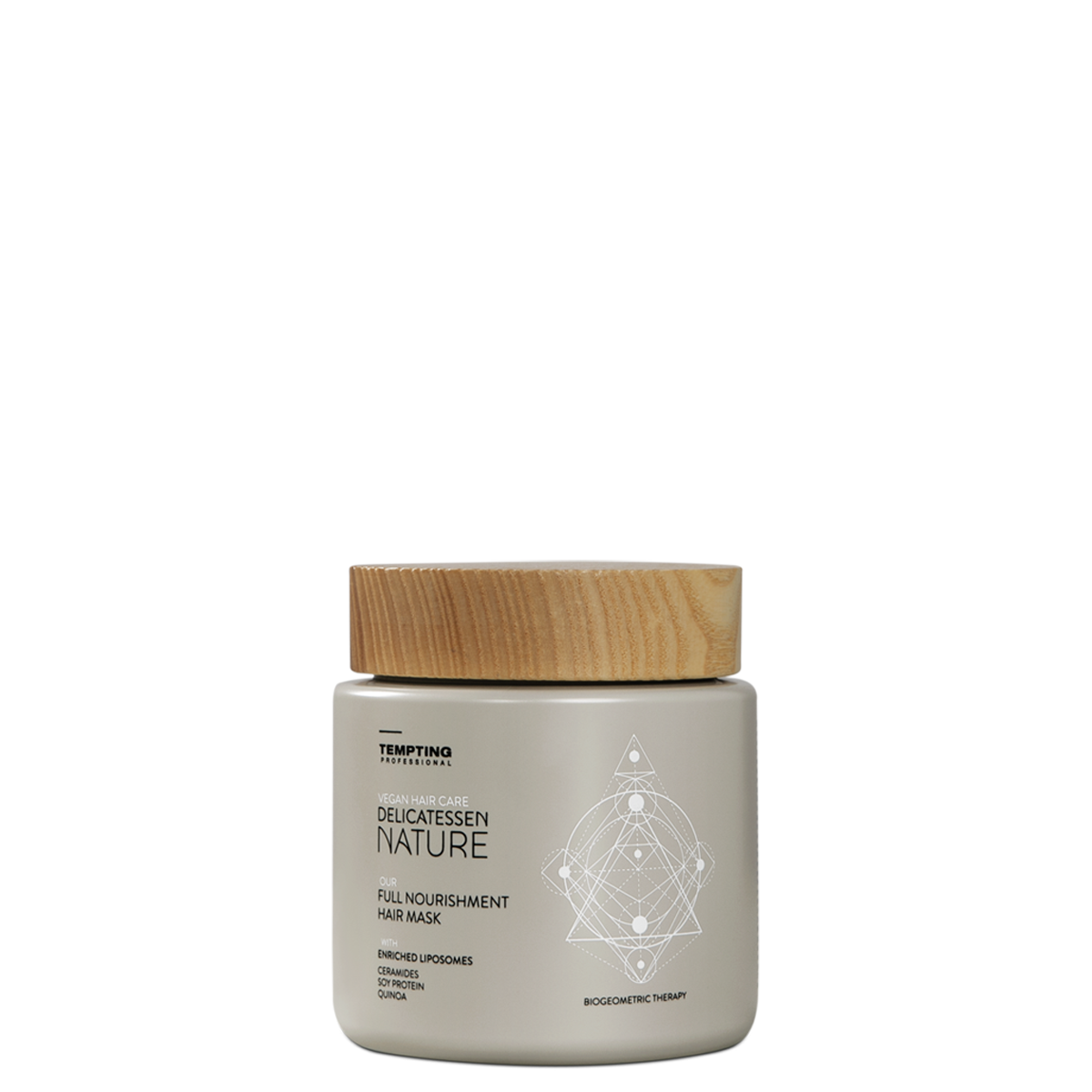Table Of Content

Coconut oil's fatty acids and vitamins nourish your scalp and enter the hair cuticle to rejuvenate it. Shea butter benefits a flaky and inflamed scalp since it treats potential scalp damage and reduces dryness. In addition to promoting hair growth, jojoba works well as an ingredient in this dry hair treatment. To ensure you get the most out of this fantastic hair treat, we'll tell you how to use hair masks and how often you should use them.
Aloe Vera Hair Mask: Benefits, DIY Recipes, and How to Use It!
Moisturizing hair masks give hair a luxurious dose of hydration and moisture. They restore and define waves and curls, deliver even moisture from the roots down to the ends, and ensure soft, manageable results. Like many treatments, I found that overdoing it won’t necessarily improve your results. For some hair types, using a hair mask too often can actually reduce the effectiveness of the mask and make hair greasy, weighed down, or overloaded with protein. However, if you’ve got a greasy scalp to deal with, then keep your mask away, unless you’re using a formula that has been specifically designed to absorb excess oil. If you end up using a heavy mask on your scalp, you’ll end up blocking pores, which only works to increase oil production.
Dry & Frizzy Hair
But the right hydrating hair mask is the perfect proactive addition to your hair care routine, Graciano says, because they’re all about rejuvenation and preventing damage down the line. “These types of hair masks work wonders for those with concerns like dry, brittle, dull, unruly, or unmanageable hair that is also prone to frizz,” Graciano says. If your main goal is to hydrate, check for ingredients like avocado oil, aloe vera, shea butter, marula oil, almond oil, and buckthorn oil.
Hair Mask for Damaged and Protein-Deficient Hair
If you’ve got very straight hair, then you should also avoid using a hair mask more than twice a week. Moisturizing and hydrating masks work well when worn overnight, whereas protein and clay masks could end up damaging your hair if you leave them on for too long. Cover with a shower cap or hot towel for a spa treatment and you can encase your bubble of handiwork. You’ll see a difference even with your first use of Nexxus Keraphix Hair Mask for Damaged Hair. Masks like this help your hair get back from brittle with a butter-like texture. "Silicone sits on top of the hair and doesn't let other hydrating ingredients penetrate," she explains.
Coconut Oil Hair Mask
Use it in combination with our Smooth & Sleek Conditioner massaging it from the lengths of your hair to the tips and rinse it before applying the hair mask. Dr. Reavey recommends applying them on damp hair post-shampoo. “Most of the active ingredients in hair masks work with water molecules to penetrate the hair shaft to lock in moisture and close the hair cuticle, which is very important,” she explains. They can be used as often as 3 or more times a week if your hair is coarse or extremely thirsty. You should use a protein-based hair mask if your hair is fine-textured, weak, easily broken, medium to high porosity, or damaged through chemical processing. Fine hair benefits the most from a protein-based hair mask that fills in gaps in the hair structure and helps it get stronger while appearing thicker.
How to use a hair mask, according to your hair type
To complement your hair mask routine, selecting the right shampoo and conditioner is crucial. For fine hair, choose volumizing formulas to add fullness without weighing it down. And for curly hair, look for products that hydrate and define your curls. There are a whole array of hair masks out there, each tailored to address specific hair concerns. Hydrating masks are like a tall glass of water for dry and frizzy strands, leaving them soft and supple. Protein masks work wonders for damaged and brittle hair, strengthening and protecting against breakage.
For those with thick hair or curly hair, consider sectioning your strands into four parts to guarantee every part of your hair is saturated. Remember, do not apply a hair mask on soaking wet hair as too much water will dilute the mask. Once the mask has stayed on your strands for the required duration, use cold water to completely rinse it off your hair. Using cold water helps to reduce frizz in your hair and stay smooth once it dries. Make sure you wash thoroughly to get all of the product off and are left with soft, clean hair. Kingsley advises that even if your hair is unprocessed and in good condition, masking can help keep your strands as healthy as possible.

For dry, brittle hair, she suggests the Philip Kinglsey Elasticizer Deep-Conditioning Treatment ($30). Those with heat or chemical damage are ideal users for the brand's Bond Builder Restructuring Treatment ($42). And if you've been dealing with dull strands due to pollution or hard water build-up, Kingsley encourages trying the Vitamin C Detoxifying Jelly ($42).
Garnier's Best Hair Masks for Dry Hair
11 Best Hair Masks for Hydration, Damage Repair, and More - Harper's BAZAAR
11 Best Hair Masks for Hydration, Damage Repair, and More.
Posted: Wed, 29 Nov 2023 08:00:00 GMT [source]
For protein-based hair masks, consider the porosity of your hair for the best recommendations. If you’re using a protein-based hair mask, you can safely use it anywhere from once a month (for low and medium porosity hair) to twice a month (for high porosity hair). Don’t use it more often than that to avoid overloading strands with protein. If you’re obsessed with healthy, moisturized locks like us, you’re probably tempted to use a hair mask every day. But honestly, this beauty staple works best when used once or twice a week. Since your hair can only hold so much hydration, once it reaches its maximum levels any product you apply on top of that isn’t actually helping your hair— only weighing it down.
To ensure you’re really nailing this step, read our guides on how to choose a shampoo for your hair type and how to shampoo your hair properly. While the benefits of hair masks and deep conditioners can be very similar, they both have key differences. Typically, deep conditioners are used more often than a hair mask. For example, when your strands are extra dry or really in need of some care, you can swap your regular conditioner for a deep conditioner.
When you apply a protein hair mask to high porosity hair, most of it is absorbed into the hair as intended. Hair masks may seem like a simple and basic product at first, but there’s so much more to them than that. It hold so much potential when it comes to deeply transforming the look and feel of your hair, making it worth learning a little more about how to get the most from the hair masks that you use.
"Keeping your routine simple will ensure that it's sustainable and make it easy to notice if there is something else your hair needs." Fine hair refers to the thickness of individual strands, not the overall scalp coverage or density of the hair. Fine hair has the smallest circumference of any hair texture and usually doesn’t contain the medulla, or the innermost structure of the hair.

No comments:
Post a Comment